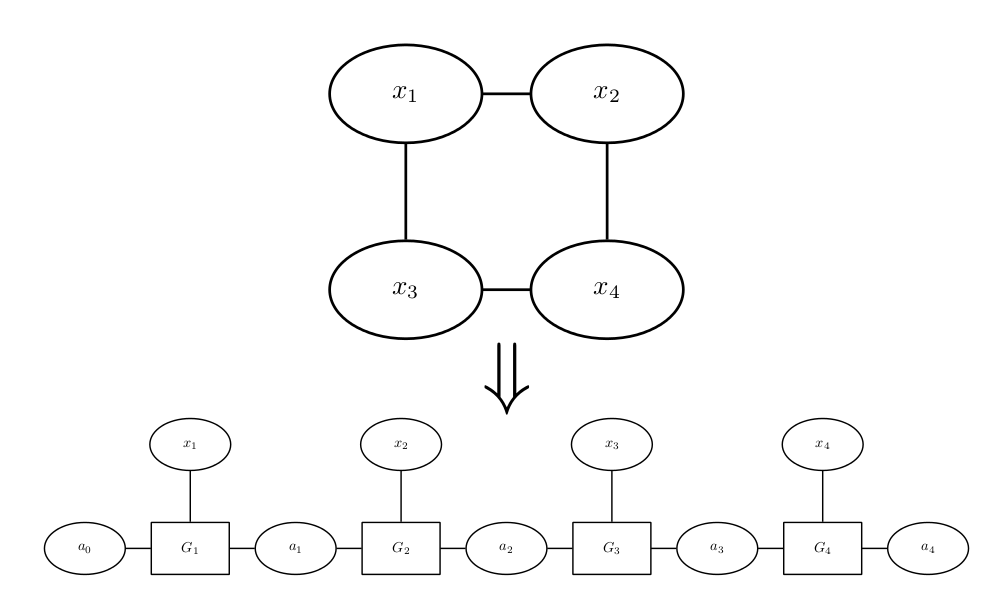Tensor approach to Markov random fields

Lots of linear algebra operations for tensors in the Tensor Train format are implemented in the TT-Toolbox. We collaborate with the authors of the Tensor Train decomposition (Scientific Computing group at Skoltech) to develop new application specific algorithms that outperform the current state-of-the-art.
(Oseledets, 2011) Oseledets, I. V. Tensor-Train decomposition. SIAM J. Scientific Computing, 33(5):2295–2317, 2011.
A. Novikov, A. Rodomanov, A. Osokin, D. Vetrov. Putting MRFs on a Tensor Train. Proceedings of the 31st International Conference on Machine Learning, Beijing, China, 2014. JMLR: W&CP volume 32. pdf; supplementary
Talks
-
A. Novikov, A. Rodomanov, A. Osokin, D. Vetrov, Computationally efficient methods for MAP-inference and partition function estimation in MRF in TT format, minisymposium presentation at SIAM Conference on Imaging Science, 2014.
-
A. Rodomanov, A. Novikov, A. Osokin, D. Vetrov, Low-rank approximation of energies in Markov Random Fields and their representation in TT-format, minisymposium presentation at SIAM Conference on Imaging Science, 2014.
-
A. Rodomanov, A. Novikov, A. Osokin, D. Vetrov, Probabilistic graphical models: a tensorial perspective, international conference on Matrix Methods in Mathematics and Applications, 2015.
Have you spotted a typo?
Highlight it, click Ctrl+Enter and send us a message. Thank you for your help!
To be used only for spelling or punctuation mistakes.